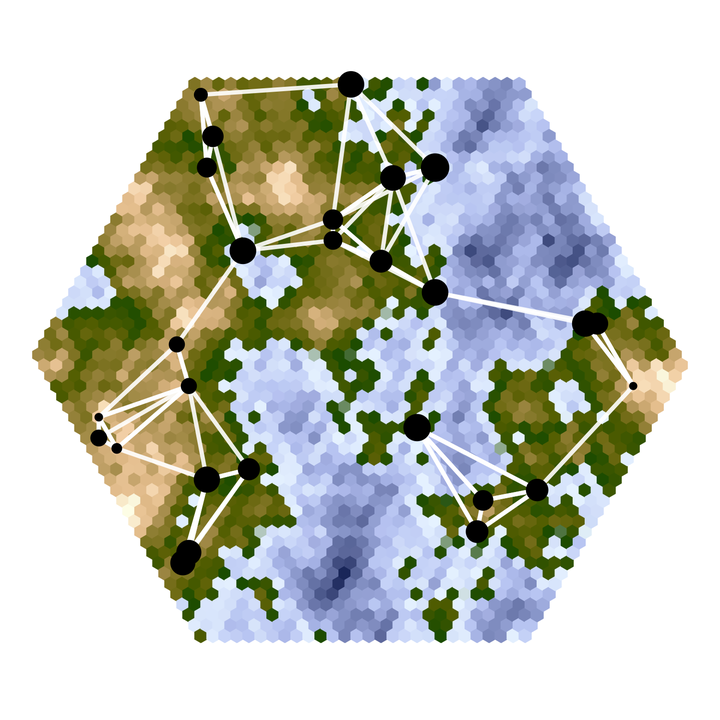Digital Prehistory: Simulating Ancient Human-Environment Systems

How did ancient societies grow, move, and adapt to environmental change? Our team is developing powerful new computational tools to simulate the fundamental patterns of human civilization - from population growth and migration to agriculture and trade. At the heart of this work is MALTHUS, an open-source modeling framework that recreates how preindustrial societies responded to changes in food availability, climate, and landscape. By running thousands of virtual societies on high-performance computers, we can test theories about how environmental constraints shaped human history and better understand humanity’s long-term relationship with Earth’s systems. This work provides a computational laboratory for exploring age-old questions about population, resources, and societal development, while offering new insights for modeling human behavior in modern Earth system science.